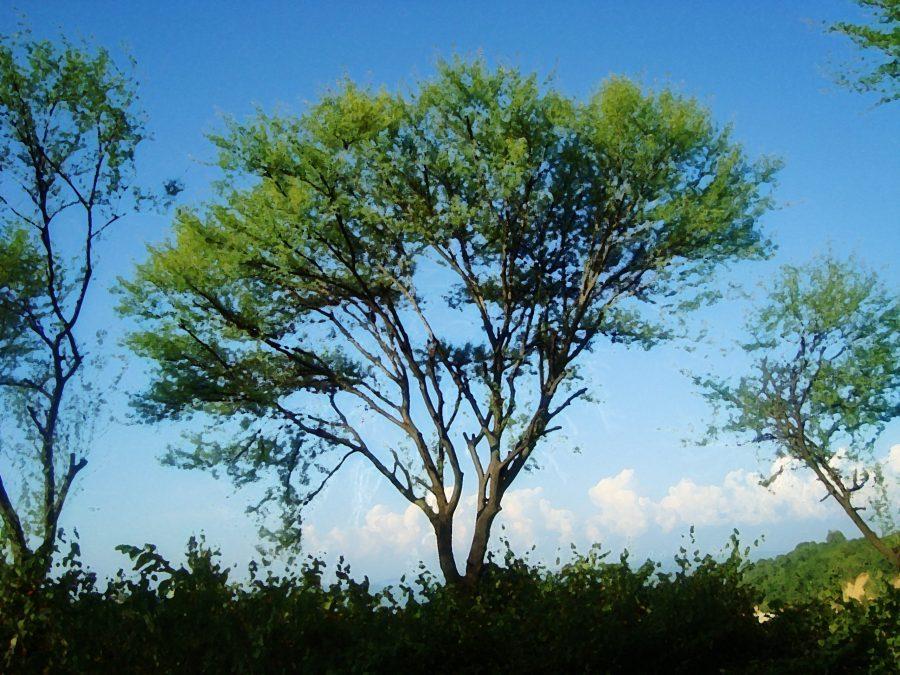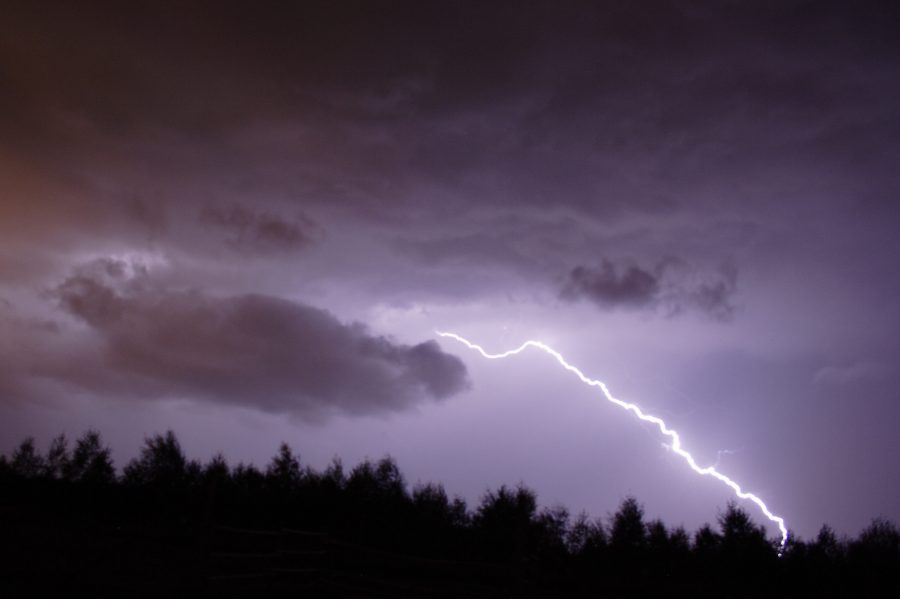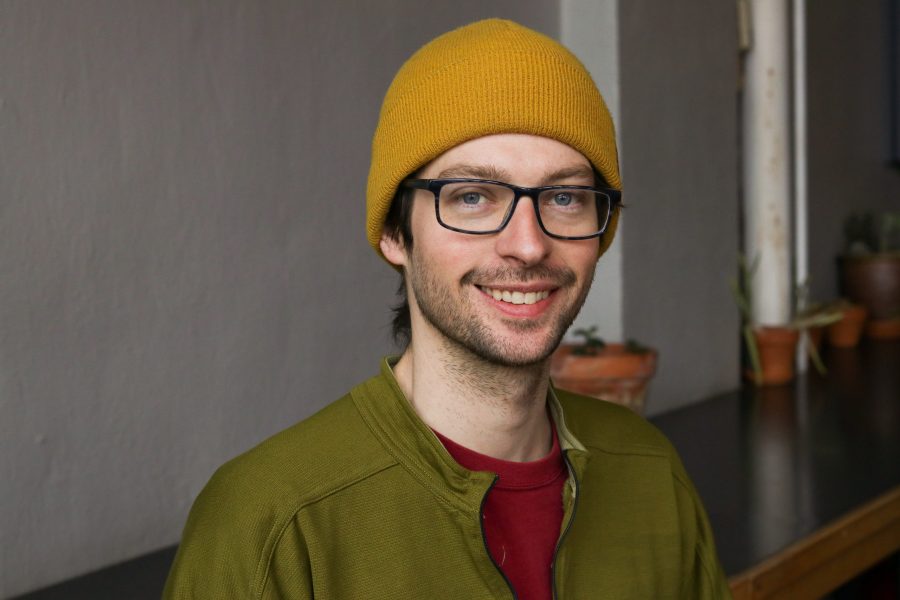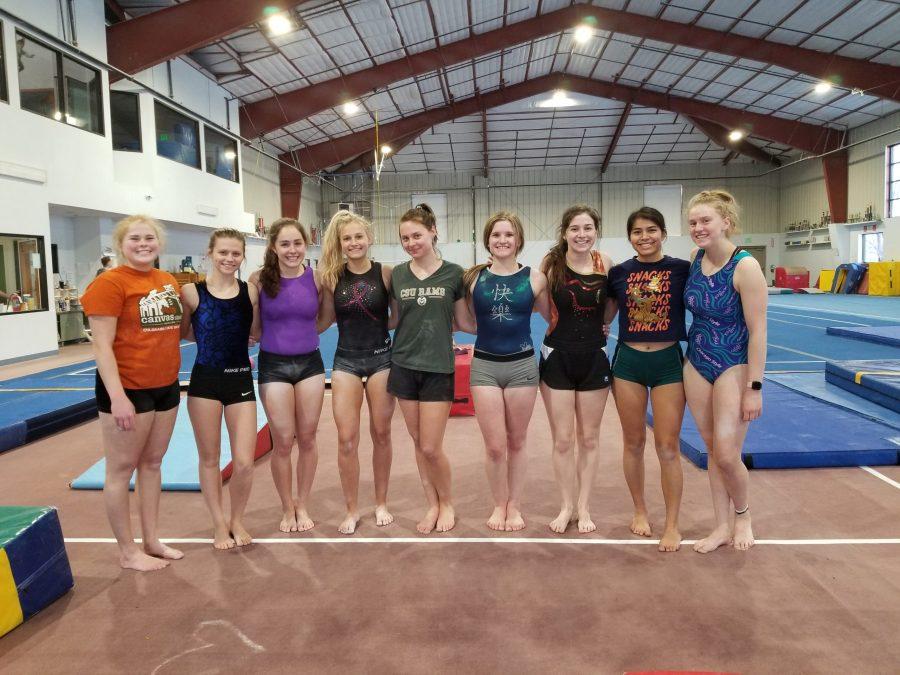SPONSORED CONTENT
By Luke Koppa

Just four years ago, I was a kid from Wisconsin who’d never skied on “real” mountains. I had taken a few laps on the snow-covered landfills in my home state, but sliding around on icy snow and sitting on frigid chair lifts followed by 500-foot laps didn’t exactly have me itching to go skiing as much as possible.
Then I got to CSU. I bought my first ski pass, and was instantly hooked. Turns out, skiing is really, really fun, and Colorado is one of the best places in the world to do it.
I spent my freshman year riding the lifts at Copper and Winter Park and figuring out how to keep up with my friends who had been skiing since they could walk. That first year resulted in dozens of long, grueling drives up and down I-70, lots of sore muscles and an unrelenting passion to ski at every opportunity I could get.
However, there was always something nagging at me while skiing at Colorado’s resorts. It’s definitely fun, but sitting in lift lines and miserable traffic every weekend can get a bit old. Something was missing — that peacefulness that many of us seek in the outdoors.
That’s when I started backcountry skiing. This basically means skiing outside of established resorts and using your own two legs to get up the mountain, instead of a chairlift. To get uphill, you strap pieces of fabric called “skins” onto the bottom of your skis and use special “alpine touring” bindings to get up the mountain.
As soon as I got into the backcountry, my passion for skiing was reinvigorated. Since you’re not confined to the boundaries (or lift-ticket prices) of a resort, backcountry skiing opens up a new world of possibilities. It’s given me the opportunity to ski steep, hair-raising couloirs in Rocky Mountain National Park, bottomless powder in British Columbia and enjoy quick laps at Cameron Pass (which is just over an hour away from Fort Collins). During my time as an officer in the CSU Outdoor Club, I also got a chance to show some other people how fun backcountry skiing can be.

If this all sounds appealing and you think you might want to try it out, there are a few important things to consider.
First and foremost is safety. In the resort, the ski patrol staff works hard to ensure that the snow is stable and safe. In the backcountry, your safety is up to you and your partners. Avalanches are a constant danger, and you have to be educated, cognizant and diligent in your efforts to avoid them. That’s why I think every person who is venturing into the backcountry needs to take an avalanche education course.
The American Institute for Avalanche Research and Education ( AIARE) creates the guidelines for avalanche courses, and lucky for you, there are a ton of “Level 1” AIARE courses available in Colorado (including one run by the CSU Outdoor Program).
Attending a Level 1 AIARE course will teach you the basic skills to assess the snowpack, identify potential dangers and travel more safely in the backcountry. A Level 1 course won’t make you a backcountry expert, but it will give you the knowledge you need to start exploring outside the boundaries of the ski resort. For more info on avalanche courses and which ones you could attend, check out AIARE.info.
Another thing to note about backcountry skiing is that it’s hard work. Dragging your skis uphill will have even the most athletic people huffing and puffing, especially when you’re skiing above 10,000 feet. You’ll also typically only be doing a handful of laps per day, unless you’re incredibly fit .
“But Luke, why would you bother going backcountry skiing if it’s so hard?”
Good question, random reader.
While it’s not for everyone, backcountry skiing can be the most fun thing in the world for some people, including myself. You get to go skiing in wild, beautiful places with just a few of your good friends, and it’s also pretty rewarding to know that your two feet were the only things you relied on to get to the top of your descent. Plus, since there aren’t nearly as many people in the backcountry, there’s a much better chance of skiing awesome, fresh snow. Lastly (and this is one of my favorites bonus aspects), skinning uphill burns a ton of calories, which means you get an excuse to pig out on pizza, burritos or your personal choice of junk food after a long day of shredding.
So if you’re curious about backcountry skiing, I encourage you to reach out to the folks at the CSU Outdoor Program and ask them what your next steps should be.









